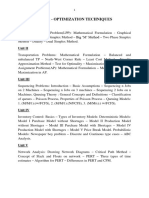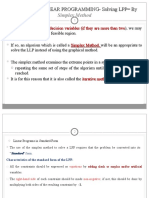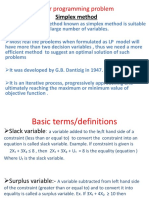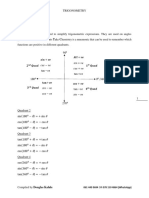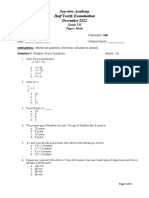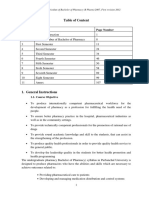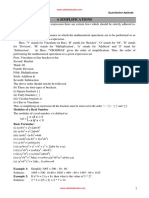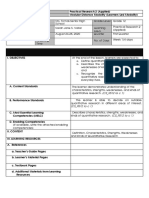0% found this document useful (0 votes)
3 views3 pagesSolution
The document outlines the application of the simplex method to solve a linear programming problem with a minimization objective function. It details the conversion of the minimization problem into a maximization format, the formulation of constraints with slack variables, and the iterative process of finding the optimal solution. The final optimal solution is presented as Min Z = -11 with specific values for the variables x1, x2, and x3.
Uploaded by
sahusubr622Copyright
© © All Rights Reserved
We take content rights seriously. If you suspect this is your content, claim it here.
Available Formats
Download as PDF, TXT or read online on Scribd
0% found this document useful (0 votes)
3 views3 pagesSolution
The document outlines the application of the simplex method to solve a linear programming problem with a minimization objective function. It details the conversion of the minimization problem into a maximization format, the formulation of constraints with slack variables, and the iterative process of finding the optimal solution. The final optimal solution is presented as Min Z = -11 with specific values for the variables x1, x2, and x3.
Uploaded by
sahusubr622Copyright
© © All Rights Reserved
We take content rights seriously. If you suspect this is your content, claim it here.
Available Formats
Download as PDF, TXT or read online on Scribd
/ 3



